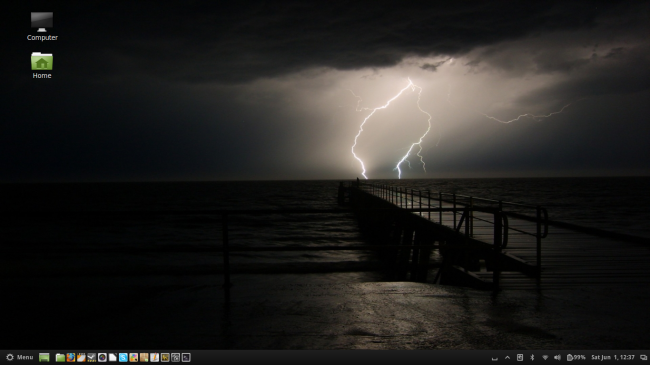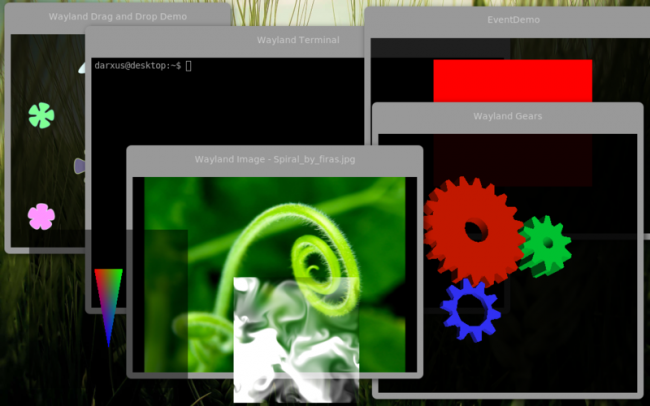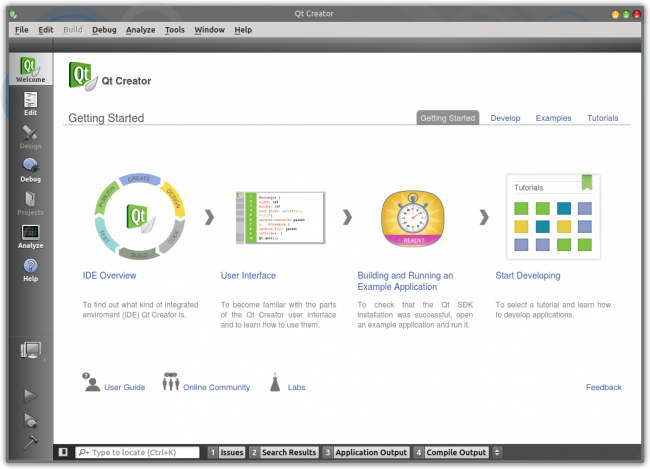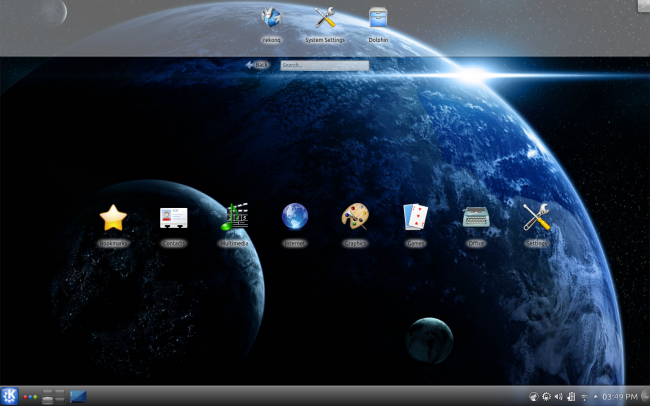What KDE can learn from Cinnamon
June 14th, 2013 by Dedoimedo
Well, this ought to be interesting. Battle royale, except we have no gentry, just the two seemingly and arguably dominant desktop environments for Linux. In my humble and narrow perception, there has been a dramatic shift in the Linux desktop usage in the past several years. Come the season of Gnome 3, a split happened in the community, breaking the decade old Gnome-KDE dominance. A whole generation of desktop environments was born, forked and knifed. Unity took its own path, Gnome 2 returned as MATE, and Gnome 3 was eclipsed by Cinnamon. Only KDE remained as it was, and now… Continue Reading
Leveling the playing field: Linux and media consumption
May 31st, 2013 by Luis Augusto Fretes Cuevas
How people fulfills its desire to listen to music has changed many times over since humans first banged two bones and discover rhythms. In the last 20 years however the industry has seen massive changes, at a pace never seen before, these changes driven by a booming technology sector and its effects on consumers’ behavior and expectations. When I started using Linux one of the big things people talked about was how amazing Amarok was, and even though I didn’t decide to install Linux because of Amarok it certainly affected my opinion in a positive manner, the idea of improving… Continue Reading
Wayland they’d called it
May 27th, 2013 by Dedoimedo
Let’s commence with a joke. If the British automotive industry of the 70s had been the one to invent the display server protocol, they would have called it British Wayland. Get it? It’s subtle. Very subtle. Anyhow, without focusing too much on the technical lingo, Wayland is a new protocol, designed to replace the sturdy and reliable X Windows System. The idea is to create a more modern, more relevant method of transferring video frames from applications to the on-screen display, in a manner that is fast, efficient and extensible. On paper, it’s an interesting approach to an old problem,… Continue Reading
The future of mobile is cute
May 15th, 2013 by Dedoimedo
After testing the KDE Plasma Netbook workspace quite thoroughly over the last few weeks, I got myself thinking. Is there something inherently successful about KDE, or the enabling framework underneath the hood, called Qt? Not that I’m any big fan of mobile technologies, still, I can appreciate good, thorough design when it happens. So I decided to explore this venue, from the purely user space perspective. Examples, examples, examples This is much like Steve Ballmer’s Developers Developers Developers slogan, only different. Anyhow, without boring you with history lessons on how Qt came to be, purchased, sold and acquired by different… Continue Reading
A breath of fresh oxygen-less air
May 13th, 2013 by Luis Augusto Fretes Cuevas
From time to time I get bored of Oxygen, perhaps because it has been mostly the same for a long period now. While Oxygen itself can be tweaked it will never end up looking really that different from how it looks by default (differences will mostly lie in colors). So today we’ll take a look at some alternative widget styles available. You can change the style by going to System Settings > Application Appearance > Style, and to change the window decoration you need to go to System Settings > Workspace Appearance > Window Decorations . Most styles can be further tweaked by clicking… Continue Reading
Google’s master plan: NaCl
April 29th, 2013 by Luis Augusto Fretes Cuevas
Judging by the title you may be wondering if Google’s big idea is to enter the pharmaceutical market or some other activity heavy on chemistry. Sadly, as attractive as the idea of buying my amoxicillin straight from Google is, NaCl actually stands for Native Client: Google’s effort to finally bring native-like performance to the web. Unlike Netrunner, or any other Linux distribution or relevant operating system, Chrome doesn’t support running native apps (Chrome itself aside), this severely limits how much can be done in the platform, developers could potentially be trapped between Javascript and Flash as their only choices to develop. A bit of… Continue Reading
KDE Search and Destroy, I mean Launch
April 26th, 2013 by Dedoimedo
In a galaxy far far away, long before there was Android en masse, long before touch was popular, I mean retro-popular, because we have been using the touch technology for at least two million years, long before there was any modern, simplistic interface for smartphones and tablets, there was KDE. It’s all in the name. KDE is one of the few remaining staple desktop environments of the Linux world. It’s been around forever, and it does not seem to be slowing down. In fact, it’s evolving and growing. So far so good. One big thing that sticks to KDE is… Continue Reading
What’s new in KDE 4.10
April 9th, 2013 by Luis Augusto Fretes Cuevas
KDE’s transition from 3.5.x to 4.x was a traumatic experience for many users, many regressions happen and there’s a general consensus among observers that 4.x was released prematurely, an opinion not shared by some developers that argue they needed feedback and bug reports. Thankfully those times are behind us and I can assure you that the next big revision of KDE will not be traumatic at all, it will be exciting and stuffed with many new features. We will talk about the move to framework 5 and Plasma 2 as they get more mature, but today let’s enjoy a new… Continue Reading








